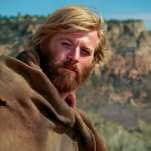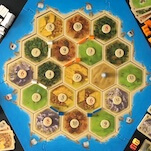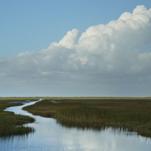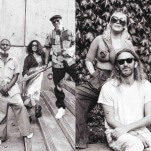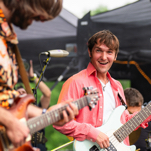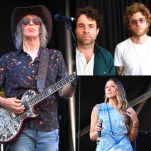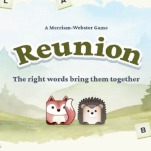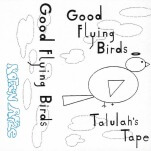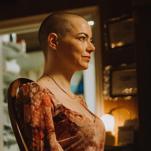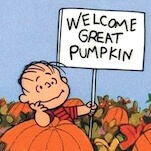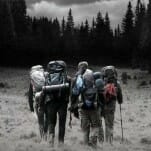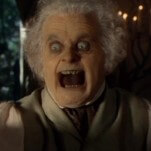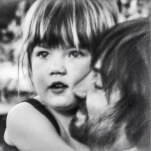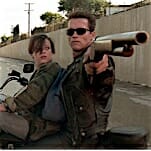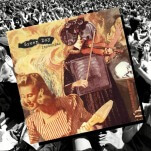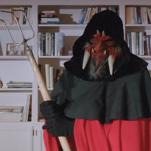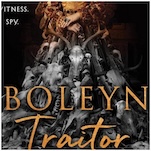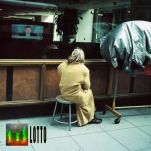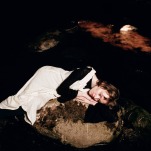The Rural Studio
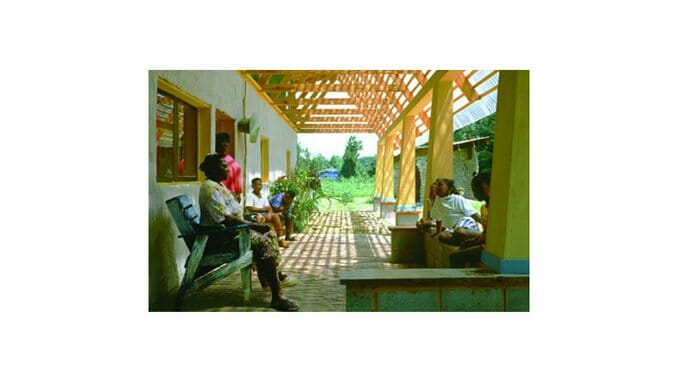
Racists were made here. Bull Connor, who unleashed police dogs on civil-rights protesters marching in downtown Birmingham; Thomas Blanton Jr. and Bobby Frank Cherry, who dropped a stick of dynamite into a black church one Sunday morning; and Governor George Wallace, who preached “segregation now, segregation forever,” showed Alabama’s ugly side, which Martin Luther King Jr., Rosa Parks and the Selma Marchers sought to overcome.
But in rural Hale County, Ala., conflict and conscience intersect. Here, in the late 1930s, author James Agee and photographer Walker Evans embarked on their legendary social experiment—living with sharecroppers and documenting their plight for a magazine article, which eventually expanded into the incendiary tome Let Us Now Praise Famous Men. Here, in the ’60s and ’70s, artist William Christenberry traveled the roads of his grandfather’s farm, turning tenant houses into abstract paintings, photographing children’s graves and measuring local structures for carefully wrought dioramas. And here, in 1993, architect Samuel Mockbee established Rural Studio, a community-driven design/build project under the aegis of Auburn University. The second-year and graduate students involved with the studio use the concept of “context-based learning,” leaving the campus to live in Hale County and work with housing clients who subsist below the poverty line but own their own land. The program’s goal is two-fold—through professional builder/client relationships, students develop a strong social conscience, and they gain experience in designing and building new residences, or renovating existing homes with recycled and donated materials. More rudimentary than Extreme Home Makeover, and more audacious (if smaller scale) than Habitat For Humanity, the Rural Studio classroom functions as an incubator for budding architects and indigent homeowners alike.
Drive through Hale County today, and Agee and Evans’ world will come to life. Broken-down pickup trucks and dusty storefronts are evidence of residents’ hardscrabble lives, eking out a living on catfish ponds and in cotton ?elds, in endless battles against the kudzu. Look out the car window at a freshly plowed acreage, and you’ll see Christenberry’s Rothko-like bands of brown, green and yellow glistening in the afternoon sun.
In every nook and cranny of the county, outlandish, eccentric structures—proof of the Rural Studio’s work—have seemingly taken root overnight. The Yancey Chapel, fortified with matching banks of recycled tires, sits on an old dairy farm in Sawyerville, while a sculptural backstop graces the infield at the rejuvenated Baseball Club in Newbern. Down the road, Auburn students dwell in pods constructed from compressed cardboard and sheltered by a “Supershed” that serves as a communal hallway.
-

-

-

-

- Curated Home Page Articles By Test Admin October 21, 2025 | 3:10pm
-

- Curated Home Page Articles By Test Admin October 21, 2025 | 2:57pm
- Urls By Test Admin October 21, 2025 | 2:57pm
- Curated Home Page Articles By Test Admin October 21, 2025 | 2:55pm
-

-

-

-

-

-

-

-

-

-

-

-

-

-

-

-

-

-

-

-

-

-

-

-

-

-

-

-

-

-

-


